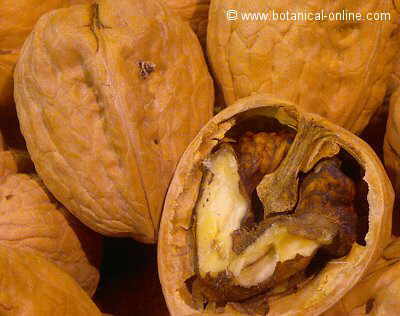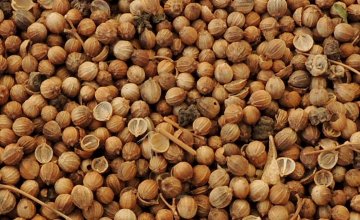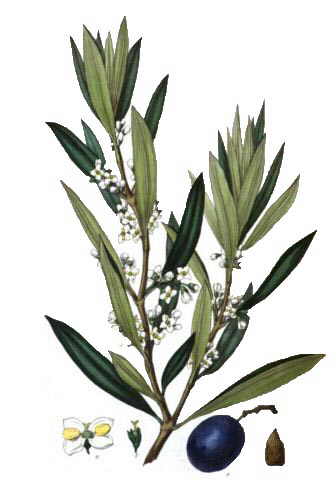Contents
Effects of different types of fats on health
Health effects of ingested fat by type
There are different types of fats, which, when consumed, will produce very different effects in our body. According to their saturation level or the amount of unsaturation containing, they will have the following effects:
Effects of saturated fatty acids
Saturated fats should be taken in moderation, since they have elevating effects on blood cholesterol, especially LDL cholesterol. This effect may promote dyslipidemia and heart and vascular disease, as serious as arteriosclerosis, thrombosis, and so on.
Effects of monounsaturated and polyunsaturated fatty acids
Unsaturated fats should be taken preferably to saturated one, as they have the opposite effect to the first ones. They constitute a good means to prevent the diseases listed above. We find within this group two types of fats: monounsaturated and polyunsaturated.
Monounsaturated fats increase HDL cholesterol, that’s to say that cholesterol which is known as the “good” cholesterol while they also lower LDL, or that type of cholesterol which is known as the “bad” cholesterol.
Polyunsaturated fats, besides having the same effect of monounsaturated fats are also beneficial to the brain, and to the prevention of many disorders ranging from attention deficit hyperactivity disorder, depression, Alzheimer’s, Parkinson’s disease, etc…
Moreover, within the polyunsaturated fatty acids, we found two essential fatty acids for our bodies because we can not synthesize them, so we must take them directly from our food.
Effects of essential fatty acids

Walnuts are very rich in essential fatty acids, specially omega 6
Essential fatty acids, known as linoleic acid and linolenic acid, that is, commonly known respectively as omega 6 and omega 3, have multiple functions in our body that are widely beneficial, and very necessary.
They are involved in the synthesis of cell structures and membranes, body tissues. They also play an essential role as precursors for the manufacture of other longer chain fatty acids coming from these, such as C20: 4, C20: 5 and the C22: 6, that is, arachidonic acid or AA, eicosapentaenoic acid or EPA and docosahexaenoic acid or DHA.
They have a very relevant and important role in our bodies, since they are responsible in many processes: They contribute to the body development. They act since the fetal period where there is a huge development in children to youth or in adulthood, when they take care of proper maintenance of cellular structures and neuronal functions. In any period, they prevent possible associated pathologies, such as attention deficit hyperactivity disorder, amongst other problems of our brain.
Keep in mind that they are precursors of eicosanoids and prostaglandins, which are effective in regulating inflammatory reactions and platelet coagulation.
| Main long chain polyunsaturated fatty acids propertiesAA (arachidonic acid), which comes from eating omega 6 (linoleic acid), produces prostaglandins and eicosanoids of series 2, causing an inflammatory effect on our body as well as a coagulant vasoconstriction which minimizes the risk of bleeding. EPA (eicosapentaenoic acid) which comes from eating omega-3 (linolenic acid), produces prostaglandins and eicosanoids of the series 1 and 3, which have a respectively slightly inflammatory and anti-inflammatory effect in our body, and a potent vasodilator and anticoagulant activity, which minimizes the risk of blood clots, It also improves our immunity. DHA (docosahexaenoic acid), which comes from eating omega-3 (linolenic acid), has an anti-inflammatory effect. It can form up to 50% of brain tissue and, therefore, it has great relevance to the central nervous system and proper operation. It also has an important role for visual functioning. |
Effects of hydrogenated fatty acids
Hydrogenated fats, should be controlled or avoided just as saturated ones as they act in our body like them. Although they come from polyunsaturated fatty acids, the hydrogenation process to which they have been subjected converts them into fatty acids with the same properties and actions of those that are actually saturated.
![]() More information on fats.
More information on fats.
– Related information: What is body fat? / Low fat menus








